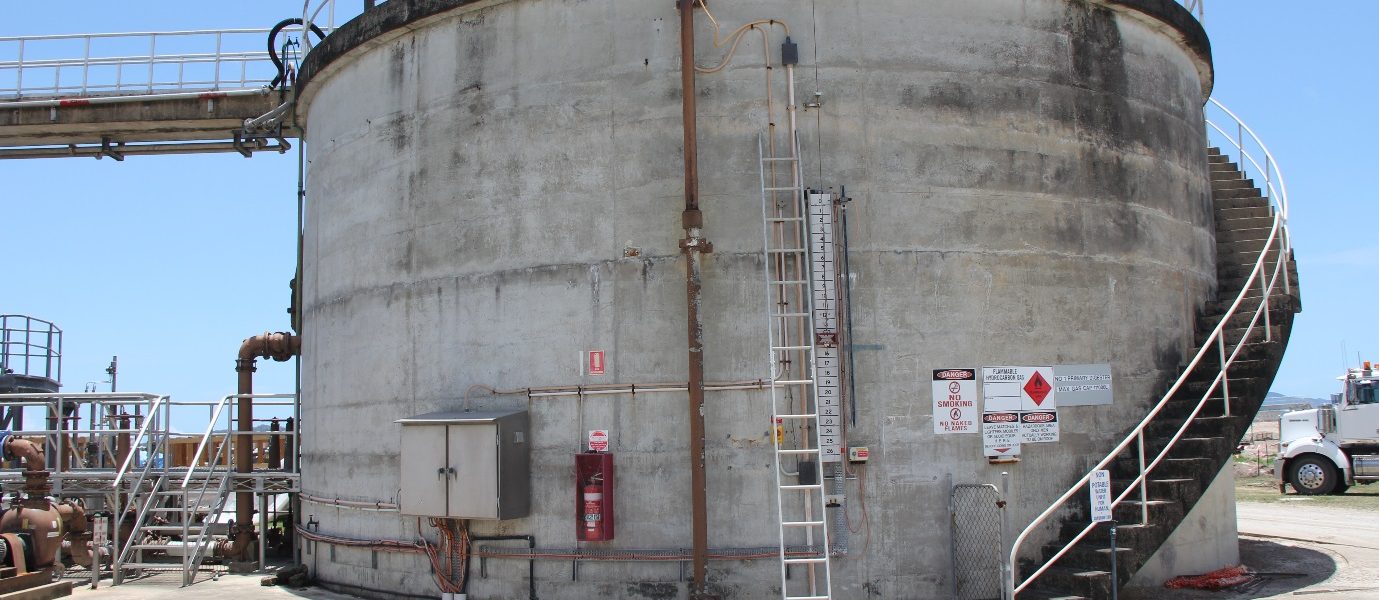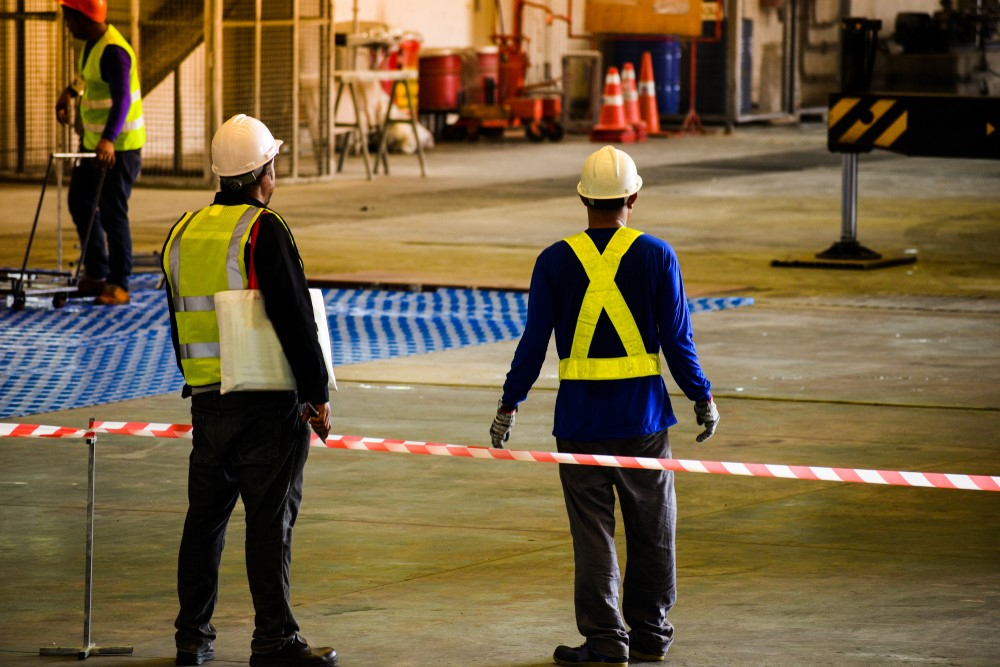Not known Details About Roar Solutions
Table of ContentsHow Roar Solutions can Save You Time, Stress, and Money.More About Roar SolutionsRoar Solutions - An Overview
In order to secure installations from a prospective surge a method of evaluating and classifying a potentially unsafe area is required. The objective of this is to make sure the appropriate choice and setup of devices to inevitably avoid an explosion and to ensure safety and security of life.

No devices needs to be installed where the surface temperature of the devices is greater than the ignition temperature level of the given hazard. Below are some common dust harmful and their minimal ignition temperature. Coal Dust 380C 225C Polythene 420C (thaws) Methyl Cellulose 420C 320C Starch 460C 435C Flour 490C 340C Sugar 490C 460C Grain Dirt 510C 300C Phenolic Material 530C > 450C Aluminium 590C > 450C PVC 700C > 450C Residue 810C 570C The probability of the danger existing in a concentration high enough to create an ignition will certainly differ from location to location.
In order to classify this danger an installation is split into areas of danger depending upon the amount of time the dangerous exists. These areas are referred to as Zones. For gases and vapours and dirts and fibers there are 3 areas. Zone 0 Area 20 An unsafe ambience is extremely likely to be present and may exist for lengthy durations of time (> 1000 hours annually) and even constantly Zone 1 Area 21 An unsafe ambience is possible yet unlikely to be present for lengthy durations of time (> 10 450 C [842 F] A classification of T6 means the minimal ignition temperature is > 85 C [185 F] Hazardous location electrical equipment perhaps designed for usage in higher ambient temperature levels. This would indicated on the ranking plate e.g. EExe II C T3 Ta + 60C( This indicates at 60C ambient T3 will certainly not be exceeded) T1 T1, T2, T3, T4, T5, T6 T2 T2, T3, T4, T5, T6 T3 T3, T4, T5, T6 T4 T4, T5, T6 T5 T5, T6 T6 T6 A T Course score of T1 means the optimum surface temperature level produced by the tool at 40 C is 450 C. Thinking the linked T Class and Temperature level rating for the equipment are proper for the area, you can always use a tool with a more strict Department score than needed for the location. There isn't a clear response to this inquiry. It really does rely on the type of equipment and what repairs require to be performed. Devices with certain test procedures that can not be performed in the field in order to achieve/maintain 3rd party score. Need to return to the manufacturing facility if it is prior to the tools's service. Field Repair Service By Authorised Worker: Complicated screening might not be required however certain treatments may require to be followed in order for the devices to preserve its third event ranking. Authorized personnel should be utilized to do the job correctly Repair work need to be a like for like substitute. New part have to be considered as a straight replacement requiring no special screening of the tools after the repair is full. Each tool with a hazardous ranking should be assessed individually. These are described at a high level below, yet for more comprehensive info, please refer directly to the guidelines.
Roar Solutions - Truths
The equipment register is a comprehensive data source of equipment records that includes a minimum collection of areas to determine each item's place, technological specifications, Ex category, age, and ecological data. This info is crucial for tracking and handling the tools properly within dangerous locations. In contrast, for routine or RBI tasting examinations, the quality will be a mix of Thorough and Close examinations. The proportion of Thorough to Shut examinations will certainly be determined by the Tools Threat, which is evaluated based on ignition risk (the likelihood of a source of ignition versus the possibility of a combustible atmosphere )and the harmful location classification
( Area 0, 1, or 2). This variation will additionally influence the resourcing demands for job preparation. When Lots are defined, you can develop sampling plans based upon the example dimension of each Lot, which refers to the number of random devices things to be examined. To establish the needed sample size, 2 elements require to be evaluated: the dimension of the Lot and the group of assessment, which suggests the degree of initiative that must description be applied( reduced, regular, or increased )to the assessment of the Whole lot. By combining the classification of examination with the Lot dimension, you can then establish the proper denial criteria for an example, indicating the allowable variety of malfunctioning products discovered within that example. For even more information on this procedure, please describe the Energy Institute Standards. The IEC 60079 standard advises that the maximum period in between evaluations must not surpass 3 years. EEHA assessments will also be carried out beyond RBI projects as part of set up maintenance and tools overhauls or repair work. These assessments can be attributed toward the RBI sample dimensions within the affected Whole lots. EEHA assessments are carried out to recognize faults in electrical tools. A heavy racking up system is crucial, as a solitary tool may have numerous mistakes, each with differing levels of ignition danger. If the mixed score of both inspections is much less than twice the mistake score, the Whole lot is considered acceptable. If the Great deal is still considered undesirable, it needs to undergo a full inspection or validation, which may activate stricter examination protocols. Accepted Whole lot: The reasons for any kind of faults are determined. If a common failing mode is found, extra tools may call for assessment and repair. Faults are identified by intensity( Safety and security, Stability, Home cleaning ), making sure that immediate issues are analyzed and dealt with without delay to mitigate any kind of effect on safety and security or procedures. The EEHA data source should track and videotape the lifecycle of faults in addition to the corrective activities taken. Executing a robust Risk-Based Assessment( RBI )approach is essential for making sure compliance and safety and security in managing Electrical Equipment in Hazardous Areas( EEHA) (Roar Solutions). Automated Fault Scoring and Lifecycle Management: Effortlessly manage mistakes and track their lifecycle to enhance inspection accuracy. The intro of this support for risk-based inspection further strengthens Inspectivity's setting as a best-in-class service for regulatory conformity, along with for any asset-centric inspection usage case. If you are interested in learning more, we invite you to ask for a presentation and discover how our remedy can change your EEHA administration procedures.
Getting The Roar Solutions To Work

In regards to explosive threat, an unsafe location is an environment in which an eruptive ambience exists (or might be expected to be existing) in amounts that require unique preventative measures for the building, installation and usage of devices. eeha courses. In this write-up we check out the obstacles faced in the work environment, the risk control measures, and the called for competencies to function securely
These materials can, in specific problems, develop eruptive ambiences and these can have significant and heartbreaking repercussions. Most of us are acquainted with the fire triangular eliminate any type of one of the 3 components and the fire can not occur, yet what does this mean in the context of unsafe areas?
In a lot of circumstances, we can do little concerning the degrees of oxygen in the air, however we can have substantial impact on resources of ignition, for example electric devices. Hazardous areas are recorded on the dangerous area category drawing and are identified on-site by the triangular "EX-SPOUSE" indication. Below, amongst various other vital details, areas are divided right into 3 types depending upon the hazard, the chance and duration that an eruptive ambience will certainly exist; Area 0 or 20 is deemed the most unsafe and Zone 2 or 22 is regarded the least.
Comments on “The smart Trick of Roar Solutions That Nobody is Talking About”